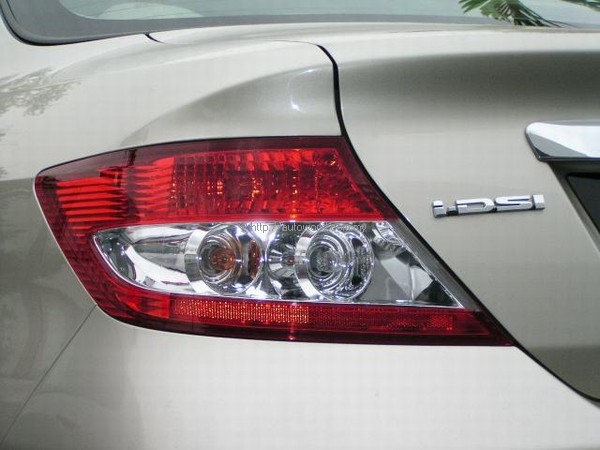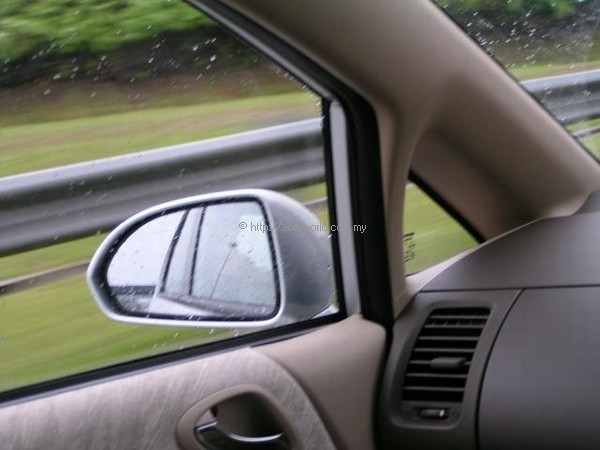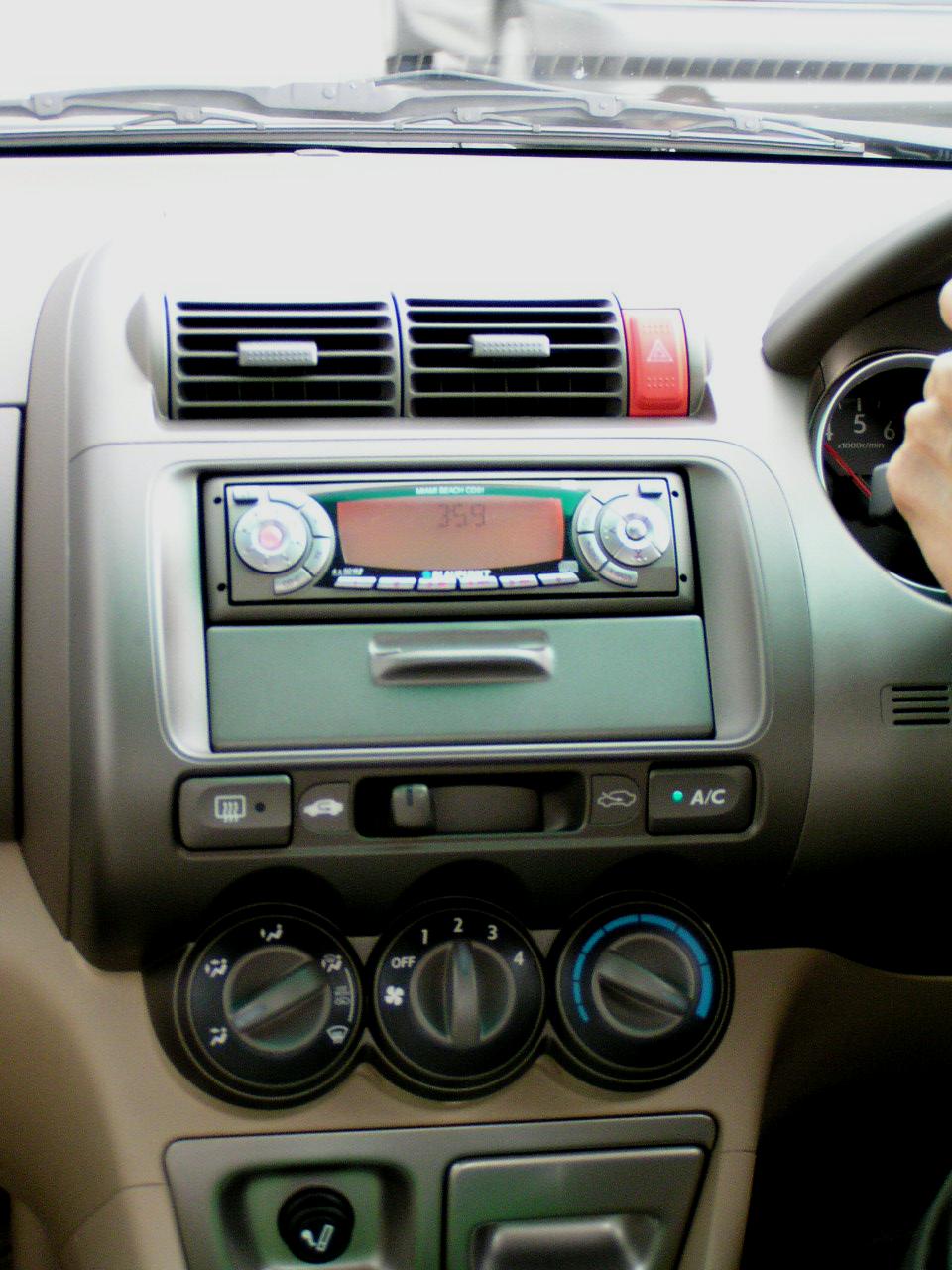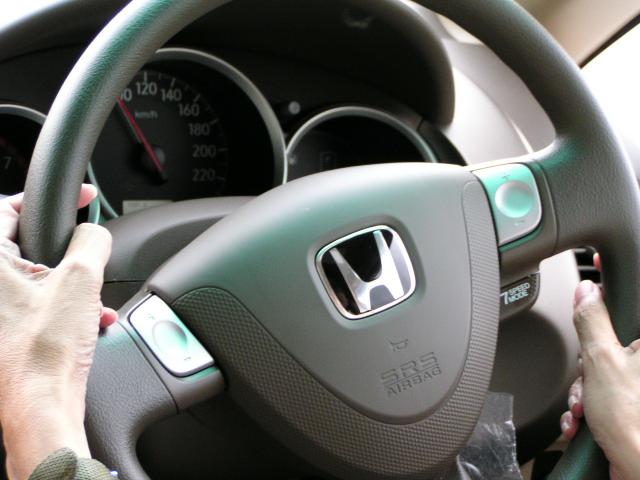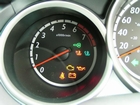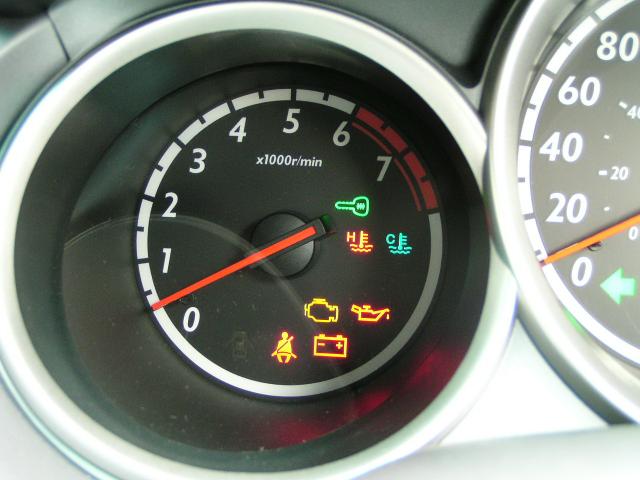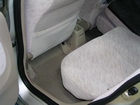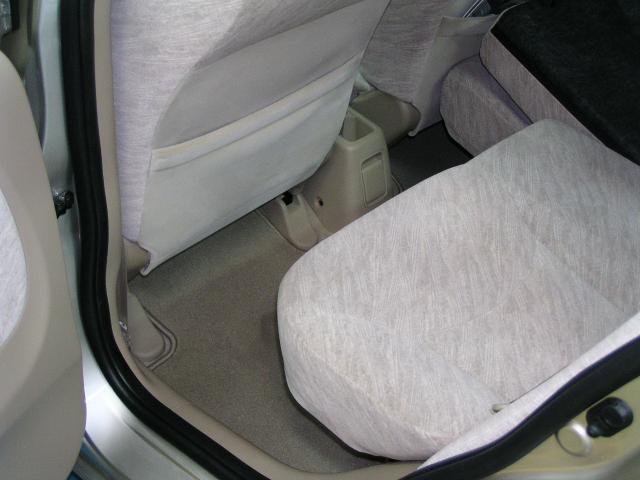Driving the new Honda City
It is commendable that, in spite of the high demand, Honda Malaysia has not given the usual excuse that test-drives are ‘not available’ for the public because every unit has a customer waiting. While the company had already earlier initiated the policy of offering test-drives to customers and had convinced its dealers to do so, it could easily have also given the excuse of ‘high demand’ for not making the City available – Malaysian consumers, used to such a situation for years, would probably not have thought anything.
The same consumer-friendly attitude is apparent in its dealings with the press and on every occasion Honda Malaysia has introduced a new model, test units have been made available almost immediately. For the imported units like the Odyssey, Jazz and Stream, there have not been specific technical presentations as these are low-volume models but for locally-assembled models, there has always been a proper presentation by the chief engineers concerned.
This time round, the City press presentation was later than usual (although a media preview was done earlier on the official launch day) due to the rush to get enough units out to the dealers for their display and test-drives. However, it wasn’t that late and at least, unlike some other companies, there has also been no excuse that test-drives can’t be organized for the press because ‘no cars are available’.
As an indication of how important the City is to Honda Malaysia, not only did the Chief Engineer, Takashi Saitoh, come to Malaysia to personally introduce the new model to the press but also a number of other engineers from Honda R&D as well as some manufacturing people from Japan and from the increasingly important Asian Honda office in Thailand. The aim was that there should not be such responses as ‘we don’t have the answer right now’ and to be able to offer information on any aspect of the City there and then.
Mr Saitoh is a familiar face to Malaysian motoring journalists as he was also involved in the Civic and was here two years ago to introduce that model. He was responsible for the City as well as the Jazz, which both use Honda’s Global Small Platform.
For the test-drive, the route approved by Mr Saitoh was a loop from Port Dickson to Lukut – a winding stretch through oil palm estates – and back to the KL-Seremban Highway at Nilai, and then back to the start using the highway to the army camp… about 100 kms in total.
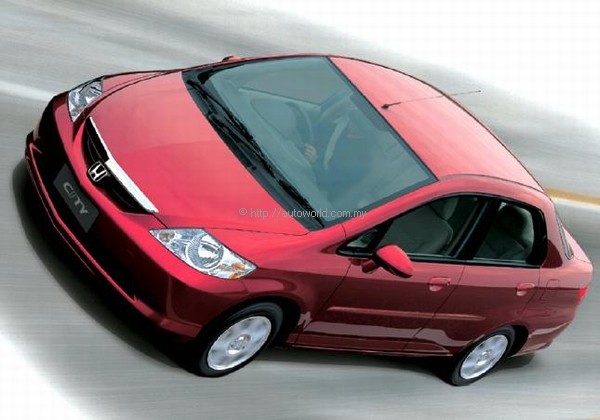 |
The test-drive session was actually the first time I had spent more time looking around the City and must say that the original feeling of it having the appearance of a ‘bloated fish’ was unfair. It was probably the angle of the pictures used and generally, the proportions are fine. The slope of the bonnet and how it merges with the windscreen is unusual but is what has helped the City get its impressive 0.29 Cd.
Getting behind the wheel, my first action was to raise the seat as I am used to a high seating position but at its maximum, I thought my head was rather close to the ceiling. Thigh support was good and for a change, I didn’t note any objectionable reflections on the meters.
The absence of a water coolant gauge had been discussed at length and while Mr Saitoh’s reasoning is probably valid, I still can’t help feeling that a gauge should be provided. Just as many people find analogue meters practical because they provide a ‘feel’ for acceleration, so too could a coolant gauge indicate to a driver when the temperature is rising. However, as Mr Saitoh said, many people don’t look at it so even if it is there, would it make a difference? Or maybe I’m just old-fashioned!
I liked the large ventilation controls but the controls on the audio head unit are rather small. For an original unit, I would have thought that ergonomics would be a higher priority than gimmickry and that larger buttons (for easier operation) would be used.
Storage areas in the City are pretty good – that double glovebox is nice – but the cupholders could do with some re-thinking. It is nice to have a sliding cover for the two front ones and also variable diameters but the important thing is depth and they are too shallow so they do not hold containers well.
Back to the driving, the impression on moving off was not much different from a normal automatic. I had some experiences with a CVT long ago (in a Subaru) and also the early Hondamatic 2-speed transmission and remember that weird sensation of the transmission just revving and revving without ever ‘shifting’. In the City’s modern CVT, however, that sensation was not evident at all and many ordinary motorists may never know the difference.
However, it is apparent that the CVT computer is very busy changing ratios all the time in varying speed conditions and you can see this happening if you press the Steermatic button but do not use the manual shifting. The digital display shows the ratio (you cannot call it a ‘gear’ as there are not gears in a CVT) selected and can be fascinating for a while – but do remember to watch the road! It was interesting to see that when the car comes to a standstill, the ratio selected is 2, rather than 1.
Leaving the CVT in D position is the ‘forget-about-it’ one and you just enjoy the drive. You can get a kickdown response by flooring the throttle, just like an automatic, but in D mode, the programming is for optimum fuel economy so upshifts are executed as soon as possible and whenever the load is relaxed.
For more spirited driving, you can slot down into the S mode which allows dragging the engine to the redline. Acceleration is stronger and there is good engine braking effect, so this is like a ‘sports mode’ in other cars. You can use it all the time if you want but consumption would not be as good as it can be. There’s a L mode which is supposed to be for difficult situations, presumably steep slopes where you need to use lower ratios. It is not recommended for normal driving.
When we entered the oil palm territory of Lukut (rally fans will know this area well since many Special Stages have been run in the estates), I looked forward to using the Steermatic. The roads are twisty and as they have cleared the trees for replanting, it is possible to see further ahead round corners and therefore charge round turns with less worry about oncoming traffic.
Switching on Steermatic immediately lit the large digital display to the right of the position indicator. As I charged down a straight and set up for a tight turn, I pressed the ‘-‘ button for a downshift to ratio 3 which I wanted; the transmission was in 7 at that point so it was PRESS-PRESS-PRESS-PRESS to get 3. There was no shift shock with each change and it could also be done without easing off on the throttle – nice.
Coming out of the turn, there was another long straight. I thought I would take it up to the redline and then shift, something which I liked doing with a Porsche tiptronic as it really shows how well designed a transmission is if it can handle an upshift smoothly at the redline. To my surprise, the transmission went into 4 by itself and as I kept the pedal floored, the upshifts occurred automatically!
That’s probably to protect the transmission and engine from being damaged by over-revving and is a good idea. However, some drivers may also ‘resent’ the computer taking over when they have said they want to do it themselves but I don’t have a problem with that once I know it happens.
The thing about this manual shift, though, is that there are seven ratios which is quite a lot even though that impresses people. It’s fine when you are on full auto but when you are doing it manually, getting down from top ratio for a tight corner means many presses and some people may even mess up things by picking the wrong ratio.
But then again, there lies the marvelous thing about the City’s CVT+Steermatic – you have a choice. If you hate having 7 speeds, then just stay in full auto mode and you can still have a nice drive. One of the veteran journalists did that and enjoyed the car thoroughly. You can use Steermatic on those occasions when you find some really nice twisties and want to have more control over cornering speeds.
It was also on the twisty section that I assessed the handling and ride, the latter which felt on the firm side. Nothing I would complain about but not as pliant as I had expected this sort of car to be. As for handling, the rear torsion beam is good for not allowing any changes in the track but because it does not offer full independent motion for the wheels, there seems to be a very tiny bit of compromise in grip. Under certain conditions where the road is uneven in a corner, a fast driver may notice a slight lateral movement of the rear wheels. I should stress that this is more apparent at higher speeds and most people are unlikely to get it. The overall handling can thus be considered competent and suited to the performance levels available.
Talking of performance, the output of the 1.5-litre engine has had many people wondering if it’s good enough. The answer is ‘yes’ and in as far as low-end acceleration is concerned, it is strong enough to not have anyone feeling the City is lacking power. Like any other 1.5-litre car, a full load will, of course, affect overall performance but in urban conditions, there should be no cause for dissatisfaction.
The other area of interest was the electric power steering (EPS). The first time I ever tried this was in a MGF many years ago and I never thought anything of it – meaning the feeling was not different to me. To be honest, I didn’t find anything odd about the EPS in the City either. The feel was there but when I turned for corners, I felt that the response was on the quick and sudden side, and I would have preferred a little bit more weighting. This could be easily solved by adjusting the motor, I suppose.
I felt quite comfortable in the driver’s seat and found the large glass areas giving a good all-round view. The closer proximity of the door mirror is not a problem and because of the sharp slope of the A-pillar, a small triangular window has been incorporated to eliminate any blind spot when parking. This triangular shape has also been necessary to give the glass a sufficiently straight edge to be able to slide down into the door.
I also spent time in the back seat and felt comfortable enough. Legroom was surprisingly good although the backrest angle seemed a bit too upright (or maybe it is just my aging spine!). Movement in and out is also easy with the reasonably high hip point.
So to sum up the initial driving impressions, I would say that the new City delivers on its promises and a buyer will be getting excellent value for money. Build quality from the Honda plant in Melaka is of a high standard and there shouldn’t be concerns about the reliability of the CVT since it has been in use for a few years already. Its simplicity should be a factor in durability too.
I must admit that I am not in sedans and SUVs appeal to me more. However, if I were in the market for a small sedan for daily use, the City would certainly be high in my list of choices and personally, I would choose one with the smart Zircon Blue Metallic finish.
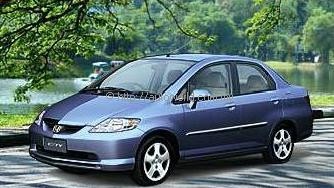 |
Honda City Technical Description and Highlights





